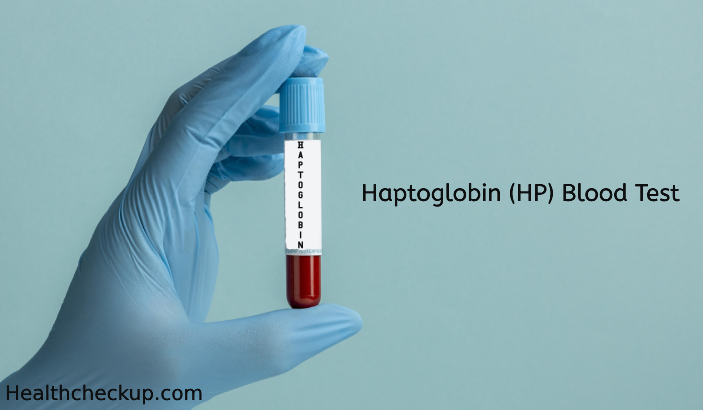Haptoglobin (HP) is a protein produced by the liver that binds free hemoglobin released from red blood cells to prevent it from causing damage to body tissues. The haptoglobin test is used to measure the levels of haptoglobin in the blood.
Purpose of the Haptoglobin Blood Test
- Diagnosing Hemolytic Anemia: The primary purpose of the haptoglobin test is to help diagnose hemolytic anemia—an anemia due to the abnormal breakdown of red blood cells.
- Monitoring Hemolysis: It is also used to monitor ongoing hemolysis and the effectiveness of treatment for conditions associated with hemolysis.
- Assessing Liver Function: Since haptoglobin is produced by the liver, the test can indirectly provide information about liver function and health.
Preparation for the Test
- No Special Preparation Required: Generally, no special preparation is needed for a haptoglobin test. Fasting is not required.
- Medication and Health Status Disclosure: Patients should inform their healthcare provider about all medications, supplements, and underlying health conditions, as some conditions and medications can influence haptoglobin levels.
Procedure of the Haptoglobin Test
- Blood Sample Collection: The procedure involves drawing a small amount of blood from a vein, typically from the arm.
- Sample Handling: The collected blood sample is then sent to a laboratory for analysis.
- Laboratory Analysis: The lab uses specific chemical methods to measure the amount of haptoglobin in the blood sample.
Normal Range
- Typical Values: The normal range for haptoglobin in the blood can vary between laboratories but generally ranges from 30 to 200 milligrams per deciliter (mg/dL).
- Adjustments for Age and Health: Normal values may be slightly different for children and can be influenced by other health conditions.
Results Interpretation
- Normal Levels: Normal haptoglobin levels suggest that there is no excessive hemolysis occurring, and that liver function regarding haptoglobin production is normal.
- Decreased Levels: Low levels of haptoglobin can indicate active hemolysis, as free hemoglobin released into the blood during red cell breakdown is bound by haptoglobin, depleting its levels.
- Increased Levels: High levels of haptoglobin can be seen in inflammatory conditions, as it is an acute-phase protein, or may be associated with conditions that decrease its clearance.
- Correlation with Other Tests: Results are often considered with those of other tests, such as lactate dehydrogenase (LDH), bilirubin, and a complete blood count (CBC), to confirm or rule out hemolysis.
The haptoglobin blood test is a valuable diagnostic tool used primarily to evaluate hemolytic anemia and to monitor conditions that cause red blood cell destruction. It can also offer insights into liver function and the body’s response to inflammation. Understanding the haptoglobin levels in the context of other laboratory findings and symptoms is crucial for accurate diagnosis and effective management of associated medical conditions.
I specialize in writing about health, medical conditions, and healthcare, drawing extensively from scientific research. Over the course of my career, I have published widely on topics related to health, medicine, and education. My work has appeared in leading blogs and editorial columns.









